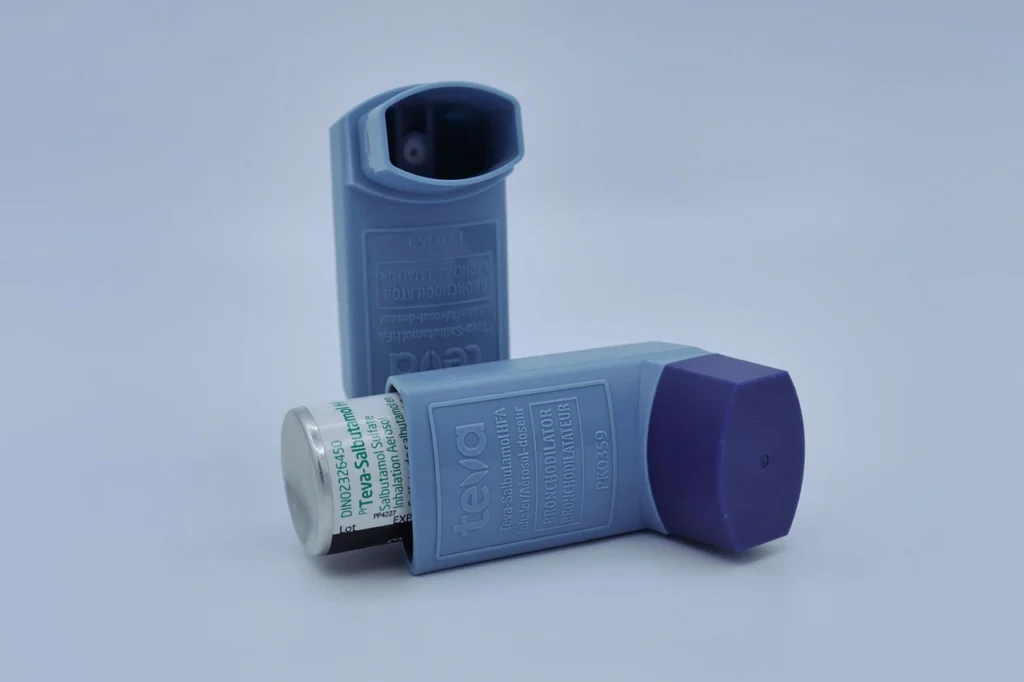
Last Updated On: enero 3, 2025
Asthma is a respiratory disorder that impacts hundreds of Americans daily and can sometimes be life threatening. It is a breathing condition associated with wheezing, shortness of breath, and chest tightness. Severe allergies can bring about respiratory failure. Understanding the suitable measures to help someone suffering from an asthma attack is essential. Can CPR help an asthma attack patient? Cardiopulmonary resuscitation (CPR) can save lives during an asthma attack in a few situations. Here, you will get a comprehensive insight into asthma and how to respond with CPR and other first aid techniques. By gaining knowledge on this topic, you can look out for symptoms of an upcoming attack and help the victim before the situation worsens.
When a person with asthma encounters a trigger, their body experiences a reaction. You can see them worriedly gasping for breath. Experts call this episode an asthma attack. A person with asthma has narrow airways, which constrict further when exposed to an allergen. The body produces thick mucus, and they are unable to breathe. A combination of airway constriction and mucous production prevents air from entering the lungs, which makes them feel tight around the chest. Most people enter a state of panic, which becomes challenging to handle.
There are a selection of factors that could trigger an asthma attack. Some common triggers include:
Some unusual signs and symptoms of an allergy include:
If you wish to treat asthma, you need to incorporate lifestyle changes. Consider eating lighter and staying more active. People with asthma, especially those who have experienced an attack, often fear physical activity. However, exercise enhances your lung capacity, allowing you to breathe better. You must also lead a disciplined lifestyle and stay mindful of your allergens. Besides this, you should have the inhalers prescribed by your medical professionals to be able to inhale slowly and deeply in case of an attack. These work as bronchodilators and work like SOS during an attack. Today, you can also find preventing inhalers, which you must take for a long time to avoid the onset of an attack. Try sleeping with your head elevated to prevent airway constriction due to thick mucus. Sitting in a steam room or warm inhalations also helps thin the mucus and reduce airway inflammation.
Can you give CPR to someone having an asthma attack? Maybe! Cardiopulmonary resuscitation, or CPR, is a life-saving method that may help in various life threatening emergencies, including an asthma attack. If the asthma attack victim stops breathing and becomes unconscious, you may need to administer CPR to revive their heart. If you have CPR training, you can give them rescue breaths and start chest compressions until emergency help arrives. However, CPR knowledge can help you identify signs of respiratory distress, which is crucial to begin early first aid.
As a bystander, you should know the first aid steps to help in an asthma attack. You can help the sufferer take off any tight clothes. Call 911 and inform them about the situation. They may guide you to use the inhaler, if available. Remove the person from the triggers like dust, pollen, or pet dander. It can significantly lessen a full-blown asthma attack. Next, instruct the victim to take deep breaths and assure them that help will arrive soon. Once the airway gets triggered, it takes time to return to normal. You should stay with the victim and ask them to sit straight and breathe.
Read More: Stay Calm while Responding to CPR Emergency
An asthma attack looks scary, especially if a child or older adult has it. As a bystander, you must stay calm and have your thoughts composed. Can CPR help an asthma attack? Maybe not completely. CPR also teaches you to identify asthma attack symptoms and call 911. You can effectively distribute information to the emergency services team. All these skills will help the sufferers receive accurate and fast help, saving their lives.